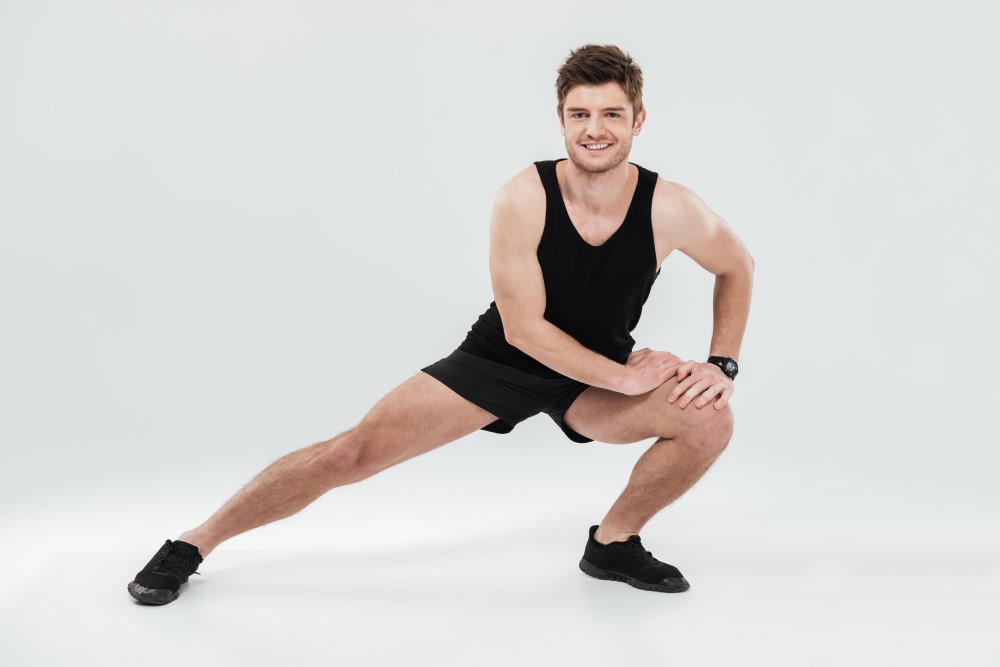Seven unorthodox push-up techniques
Push-ups are a staple exercise for building upper body strength, but sometimes the traditional technique can become mundane. If you’re looking to spice up your routine, consider trying out these unorthodox push-up techniques that will challenge your muscles in new ways. From one-handed push-ups to plyometric push-ups, these variations will help you break out of your comfort zone and achieve new levels of strength and fitness.
- Archer Push-Up – This technique requires a great deal of upper body strength and is similar to the one-arm push-up except it adds a rotation.
- Begin in a standard push-up position and shift your weight onto one arm.
- As you lower yourself down, rotate your torso towards the grounded arm while keeping the other arm straight and in line with your shoulder.
- Push back to the starting position and repeat on the other side.
- Deficit Push-Up – This technique builds explosive power and requires more range of motion than a regular push-up.
- Place your hands on two raised surfaces, such as blocks or barbells, with your feet on the ground.
- Lower yourself down further than you normally would with a regular push-up
- Push back to the starting position and repeat for your desired number of reps.
- Aztec Push-Up – This technique combines elements of a regular push-up with a side plank.
- Begin in a standard push-up position and as you lower yourself down, shift your weight to one arm and lift the opposite arm up, reaching for the ceiling.
- Hold for a few seconds, then return to the starting position and repeat on the other side.
- One and a Half Push-Up – This technique is great for building strength and endurance in the chest and triceps muscles.
- Begin in a standard push-up position.
- As you lower yourself down, only go halfway and hold.
- Push back up to the starting position, lower down to the ground and push back up completely.
- Mountain Climber Push-Up – This variation is a great way to work your core along with your upper body.
- Begin in a plank position, then bring one knee towards your chest and place your foot on the ground.
- Jump and switch your feet in the air, then repeat the movement and perform one push-up.
- Continue alternating legs and push-ups for your desired number of reps.
- Typewriter Push-Up – This technique is similar to the Hindu Push-Up and focuses on building strength and mobility in the shoulders and back.
- Start in a standard push-up position, then as you lower yourself down, shift your weight to one arm and reach the opposite arm out to the side.
- Push back up, and as you lower yourself down again, shift your weight to the opposite arm and reach the opposite arm out to the other side.
- Repeat for your desired number of reps.
- Clapping Push-Up – This technique builds explosive power in the upper body, and requires a quick burst of energy to complete.
- Begin in a standard push-up position and lower yourself down.
- Push up with enough force to propel yourself off the ground.
- While in the air, clap your hands together and return to the starting position.
Push-ups are one of the most versatile and effective exercises for building strength and endurance in your upper body and core. They can be modified to suit different fitness levels, goals and preferences. In this article, we have explored seven unorthodox push-up techniques that can challenge you in new ways and help you break through plateaus. These push-up variations can spice up your routine and challenge your muscles in different ways. Try them out and see how they improve your performance and physique. Remember to always use proper form and technique when doing any push-up exercise. Happy pushing!









